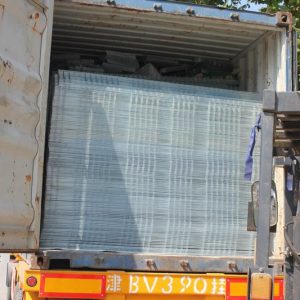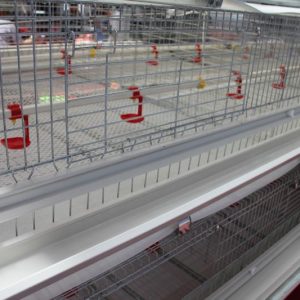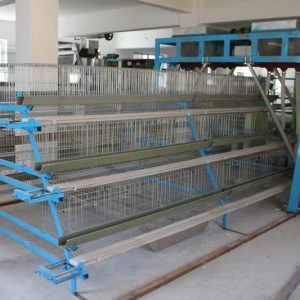
Technical Analysis of Chicken Raising in the Woods
As a new model of chicken raising in the woods, it conforms to the direction of ecological farming and environmentally friendly farming, and is helpful to the upgrading and transformation of poultry products. Everyone knows that ecological farming is a trend. However, the first thing we need to pass is the technology of raising chickens in the woods. Off.
So, what is chicken-raising in the woods? Chicken-raising under forests is the use of economic forests, timber forests and other forests to implement a combination of stocking and house feeding. It implements three-dimensional development of forest land to reduce forest pests and suppress weeds. 2. Fertilizing the soil can increase the income per unit area of orchards and forest land and increase the income of residents.
Key Points of Chicken Raising in the Woods
1. Selection of varieties
It is better to select local chickens or hybrid chickens developed from local chickens. This type of chicken not only maintains the good flavor of native chicken eggs, but also has a higher production level than ordinary native chickens. Compared with the introduced fine breed chickens, it has stronger disease resistance and faster growth, which overcomes the contradiction between the low quality and low yield of native breeders and the high yield and low quality of foreign chickens.
2. Build a chicken coop
Choose high dry terrain, good drainage, and build a chicken house at a certain distance from the main road. The chicken coop is built under tall arbor trees, among fruit trees, or near woodland. It sits north and south, and the pasture faces the fruit trees and woods.
The chicken house adopts plastic greenhouse. The shed is 6 meters wide and the length depends on the number of chickens. The inner layer of the greenhouse roof is covered with a drip-free plastic film, and a layer of 5-10 cm thick straw is placed on it to form a thermal insulation layer. The grass is covered with a plastic film and secured with a nylon rope. The lower edges of both sides of the longitudinal axis of the plastic greenhouse can be rolled up or down to adjust the room temperature and ventilation. Sand or short straw in the shed, 6-8 chickens per square meter in the shed. In order to help prevent disease, after raising several batches of chickens in one place, they can be moved to another place for rebuilding. When raising several flocks of chickens in one place, the chicken coops should be kept away from each other. Do not set up “chicken-raising communities” to prevent the over-density of chickens from destroying pasture vegetation, causing disease transmission, or accidentally causing “fires”. camp”.
3. When to enter the chicks
For those who are new to raising chickens, they can choose to enter chickens in the warmer spring. After gaining experience, they can raise chickens throughout the year. However, in order to facilitate the launch of products and sell good prices, the production of high-quality chickens should avoid rural cadres as much as possible Ten thousand native breeders and native eggs are on the market. Don’t arrange the products to be listed on festivals, in case the products are too concentrated and the prices fall.
4. Key points of feed management
(1) Chick insulation
The temperature of the chicks in the first week of age requires 32°C, and thereafter it will drop by 2-3°C every week.
(2) Breeding scale. It is advisable to have around 500 animals per group, and large pastures can expand the group.
(3) Timely immunity
Generally, chickens should be vaccinated against Marek, Newcastle disease, and bursal bursal vaccine. Layers with a longer feeding period should also be vaccinated against infectious bronchitis, and chickenpox should also be vaccinated in summer and autumn. Anti-pullaria and anti-coccidial drugs should be added to the feed at the chick stage. The fourth is the feeding method. It is best to add feed with grazing. Within 40 days, the chicks will be fed the full-price compound feed in the house. After that, they can be grazing during the day and feed at night to feed the chickens. When grazing chickens, prevent pesticide poisoning, heavy rain, and animal damage.
After entering the laying period, the daily natural light plus artificial supplementary light should be no less than 16-17 hours. Fifth, the product went on the market. After the fresh eggs are produced, they should be stored in a cool place and sold as soon as possible. Otherwise, the quality of fresh eggs will decrease as the storage time is extended. High-quality live chickens can be sold in a timely manner according to the weight, development level and market conditions of the chickens in the market


